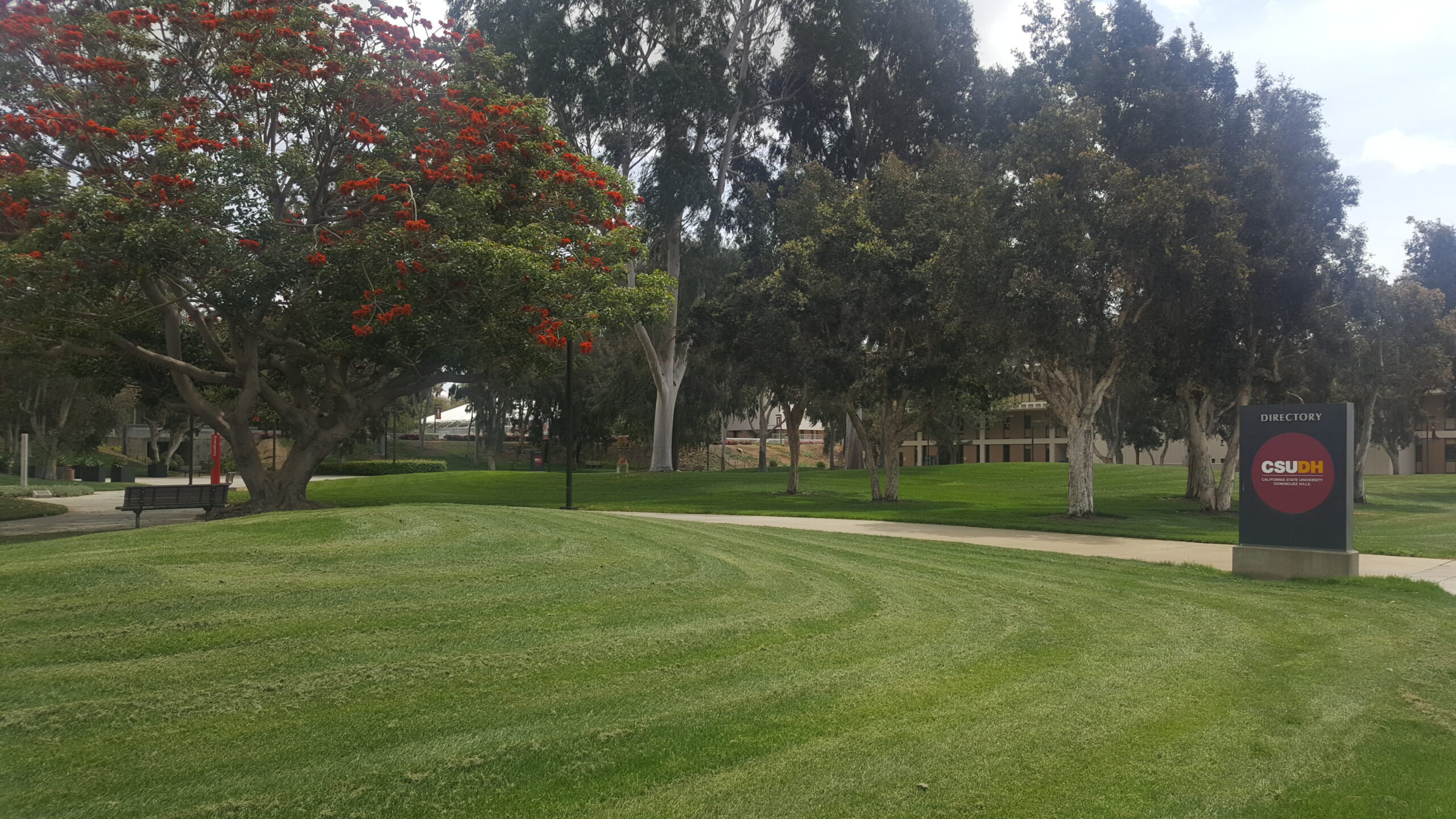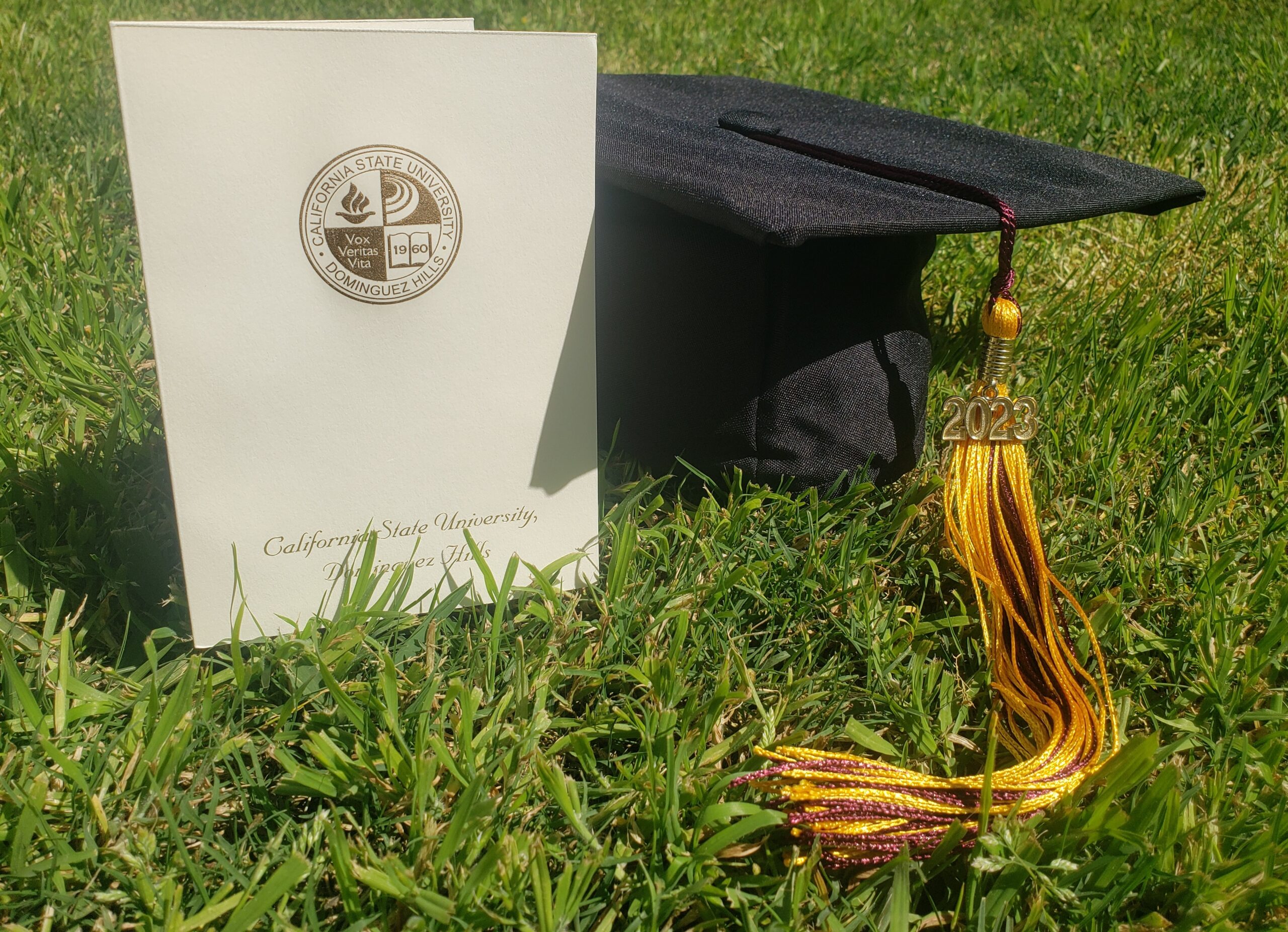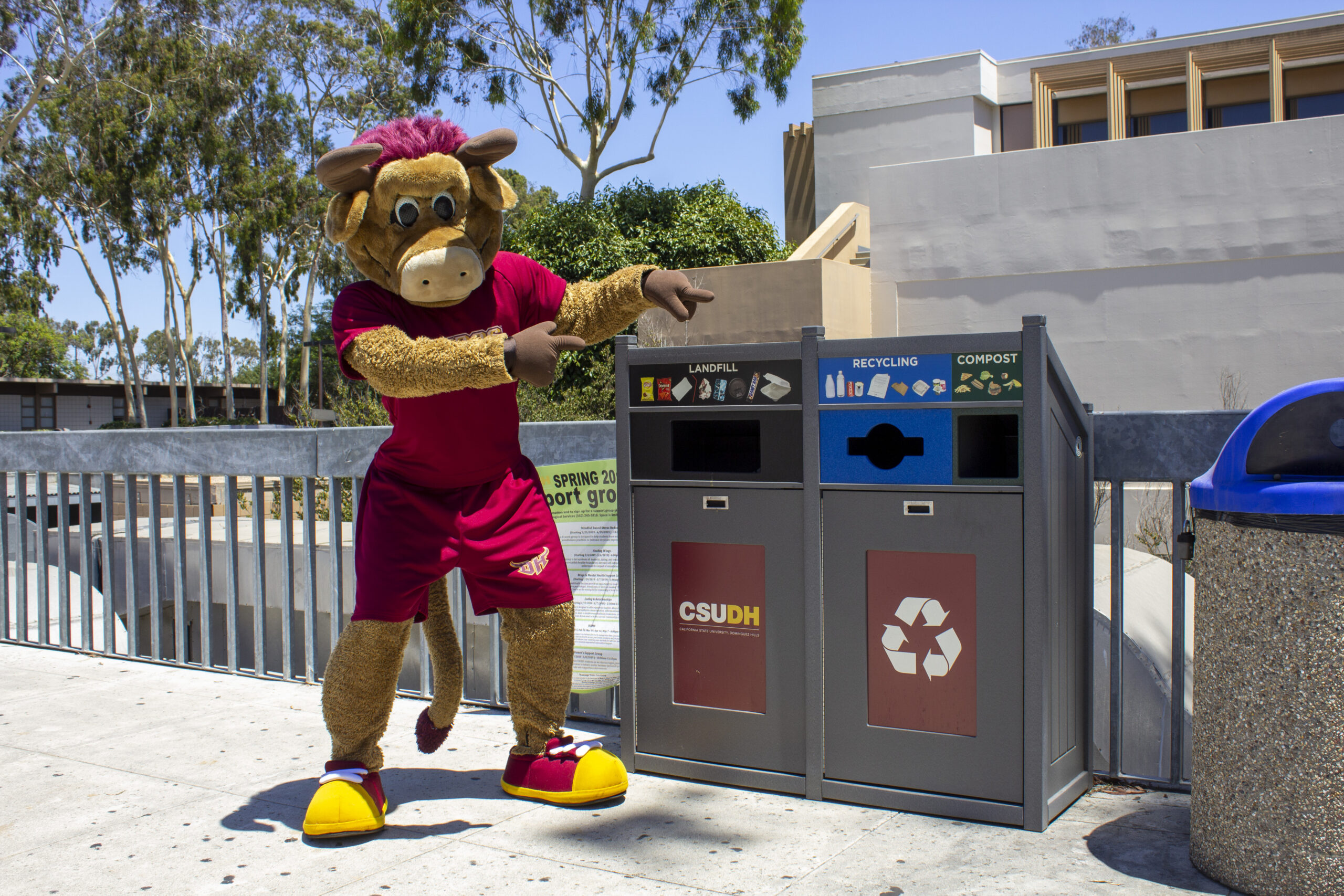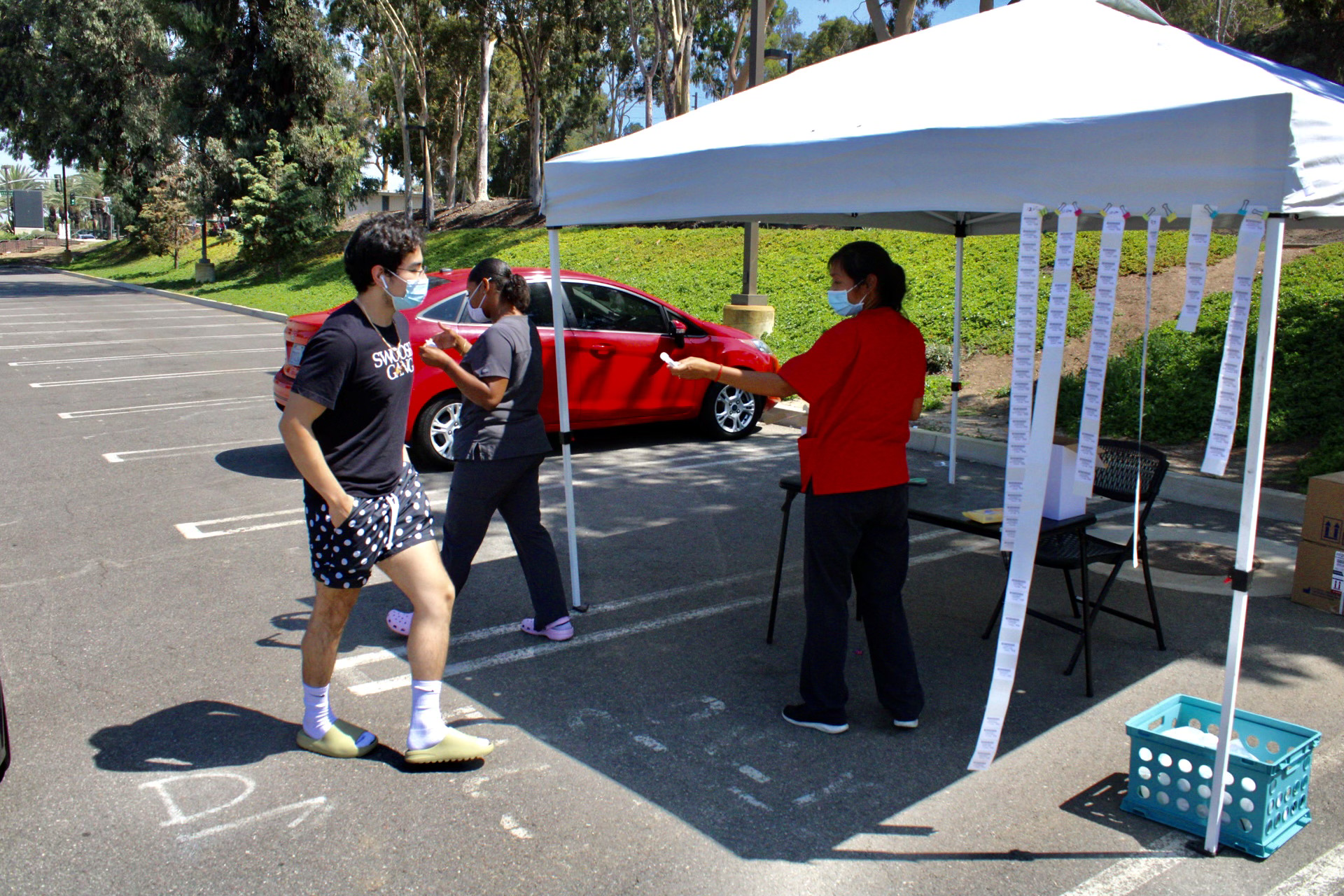The main topic of discussion is the chance of more people being allowed on campus what that will look like. Photo by Robert Rios
By Robert Rios, Campus Editor
There is a chance to have students who will be on campus ground when the fall semester begins in four months, which is between 40-50 percent, CSUDH President Thomas A. Parham said in Wednesday’s Academic Senate Meeting.
“I don’t have any vision that I think we will open fully and any number I give you know is really speculation,” Parham said. “I can’t imagine in a ballpark that we would be more than maybe 40%, maybe 50 if we have to stretch it, but I don’t think it will be more than that.”
A late addition to the Academic Senate agenda, one of the first topics presented in this week’s meeting was not if students could be allowed on campus, but how students would be back on school grounds.
Vice Provost Ken O’Donnell spoke to the senate to demonstrate what classes in the fall may look like and highlighted reasons to stay cautious.
According to O’Donnell, Los Angeles County has the highest number of infection rates which he said is above average for the state and the country.
“We are in an area of high infection rates, O’Donnell said. “Within that, you also want to consider how serious are these infections. [When looking at] deaths measured by 100,000 cases, the news for us is also bad.”
For the results, O’Donnell and Toro Team: Learning & Instruction, with info from the NC firm found that cases in the 20 cities nearest to campus put more at risk of contracting the virus. Four reasons for higher infection rates, O’Donnell explained, were connected to pre-existing conditions, shortage of medical care, frontline employment, and a high population density.
Looking at Fall 2019, CSUDH was operating 95% face-to-face classes with 5% online or hybrid. In comparison to Fall 2020, everything is the opposite as there were 8% face-to-face and 92% online or hybrid.
“On the face-to-face side, our creditor, [WASC Senior College and University Commission] expects us to keep teaching that way because it’s what we are authorized to do, O’Donnell said. On the online side, county health agencies have said [to not] don’t come back to in-person instruction yet. But what we have seen the past couple of weeks is that each side is giving ground to the other.”
O’Donnell also pointed out when speaking to students and faculty, they found that most want to return to in-person classes but when everything is properly sound.
“We want to be a mostly online campus, with opportunities for face-to-face instruction so long it is safe,” O’Donnell said.
Students who do return to campus will either be in classrooms where there is three feet of social distancing between all participants, or where class classes are no more than 15. O’Donnell explained that plans to have students in classrooms would consist of those two sections.
“We have to assume our population will be stricken, traumatized, even as things improve,” O’Donnell said. “To be in the psychological space for effective teaching and learning is just a lot to ask our population.”
In other meeting news:
- President Parham informed the senate that the Fall registration process will begin on April 19 and he was shown around the buildings being constructed on campus which he said are 96% complete
- California Faculty Association report which was given by Iyad Afalqa who explained that the school must be “concrete” on which classes will be online and which will be in person, with no switching. Afalqa was also selected to the contract, development, and bargaining strategy community for the CFA.
- The Senate voted for establishing schools and transforming programs into departments were held and was followed by another vote for creating a task force for assessing teaching effectiveness.
- Presented first readings for revision to ASCSU By-Laws, plus proposed retention, tenure, and promotion policy give better “clarity” and “transparency” for the reviewer and the person under review.
- Provost Michael E. Spagna shared during his report that tenure density is the highest since 2012, with 54-55% tenure density. “Hope after the pandemic is to hire hire hire” tenure faculty.



